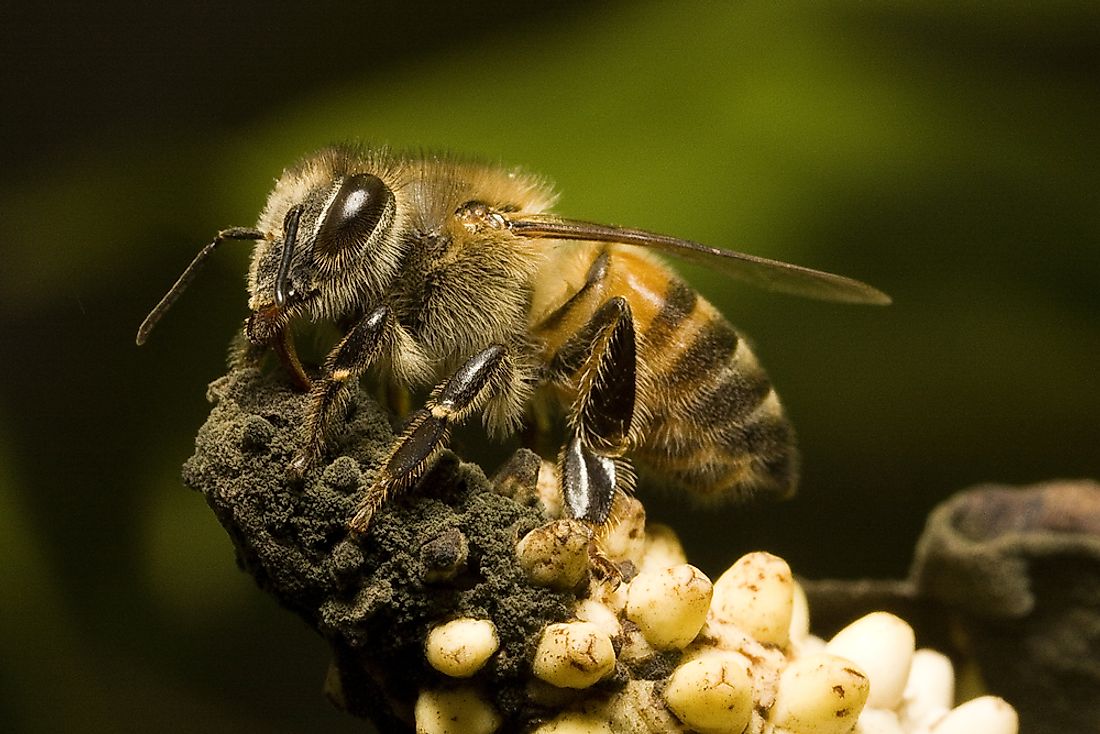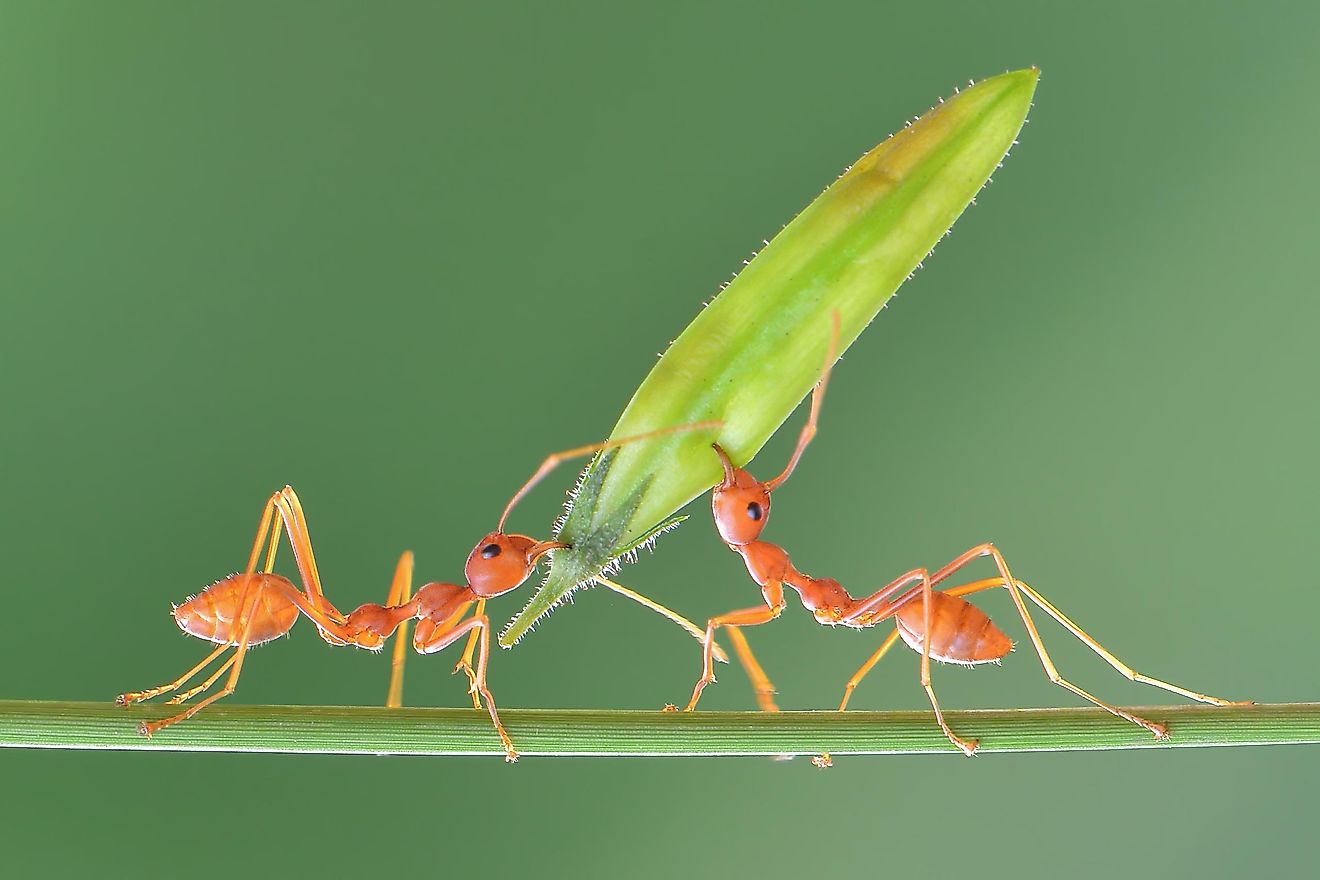What Are Africanized Bees?

Africanized bees are also commonly referred to as the killer bees, and they are hybrid honey bees which were produced by crossing breeding the African honey bee (Apis mellifera scutellata) with other types of European honey bees, like the Italian honey bee (Apis mellifera ligustica) and Iberian bee (Apis mellifera iberiensis). The Africanized bees are more defensive than other honey bee species and react more aggressively to disturbances. Typically, Africanized bees are capable of chasing a victim for up to a quarter mile. They are responsible for about 1,000 human deaths as well as the death of animals such as horses. This is due to the greater number of stings the victim receives compared to other honey bee species.
Introduction to the Wild
Africanized bees were introduced for the first time to Brazil in 1956 with the aim of increasing honey output, but in 1957, about 26 swarms that had been kept in quarantine escaped to the wild. From that time, the bees have spread covering almost all of South America, and by 1985, they had arrived in North America. They were discovered in different hives in Texas in 1990.
Characteristics
Although the Africanized bees display characteristics which make them less suitable for commercial beekeeping, such as extreme defensiveness and swarming, they are now the most dominant species of honey bee kept in South and Central America. These killer bees have dominant genes and can out-compete other species of bees; they are reported to be superior pollinators and honey producers, although they produce less honey and less wax. Some of the characteristics that differentiate killer bees from other honey bees include their migration, which is more frequent as a result of the seasonal shortage of food supply. Besides, they are also more likely to abscond, where a whole colony relocates leaving the hive in response to stress. They also guard the hive so assertively covering a wider alarm zone around the hive.
Foraging Behavior
It has been observed that the Africanized bees begin to forage at a much younger age and collect larger quantities of pollens compared to other types of bees. This phenomenon could be attributed to their high reproductive rates which require more pollen to feed their huge numbers of larvae. The killer bees have been found that they are sensitive to sucrose particularly at low concentrations. This behavior causes the bees to forage and harvest resources having a lower concentration of sucrose which includes pollen, water, and non-concentrated nectar.
Aggression
The Africanized bee exhibit greater aggression when defending their hive, and they are more likely to sting any threat by relentlessly attacking in large numbers. The venom of this species is the same with that of European honey bee, but they sting in greater numbers and thereby resulting in more deaths than other bees. As a result of higher doses of the venom, a person attacked by these bees may experience side effects such as dizziness, skin inflammation, nausea, edema, weakness, headaches, vomiting, and diarrhea. In some instances, the effects could progress to affect other body organs, and one may experience respiratory distress, increased heart rates, and sometimes even renal failure.
What To Do When Attacked
It is always advisable to run in a straight line whenever attack by the Africanized bees, and it is a good idea to protect the face while running. The killer bees are slow fliers, and any healthy person can outrun them. Always avoid other people because they will also be attacked. Hiding underwater will not help because the bees will swarm and wait for the victim to surface. Medical attention should be sought because some people are allergic to bee stings and could result in anaphylactic shock.











